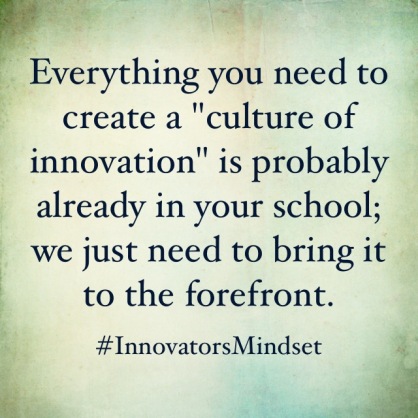In the hustle and bustle of the opening week of the school year there are so many important tasks to complete, meetings to participate in, and preparations to be made for our students who will soon arrive. One of the most important things educators can do during this important week is to craft professional goals for the new school year. At Dobyns-Bennett we have our teachers create two profession goals for themselves- an instructional goal and a professional learning goal.
The instructional goal is intended to bring focus to a particular strategy or best practice that will improve student learning in the classroom. Teachers select goals that challenge them to refine their practices in providing responsive feedback to student writing, develop remediation and enrichment tasks in response to student needs, and design inquiry-based discussion opportunities, to name a few examples.
The professional learning goal sets a focus for what the teacher will do to grow as a learner throughout the school year. Teachers choose to focus on researching and implementing blended learning approaches to instruction, delving into professional reading on educational topics, and researching, reflecting, and experimenting with standards-based grading practices.
https://twitter.com/bcohen411/status/757640477558575104
I shared my professional learning goals with the teachers and asked them to craft their two goals in our opening department meeting earlier this week.
Beth’s Professional Learning Goals for 2016-2017:
- I commit to being in classrooms daily to grow as an instructional leader.
- I commit to providing actionable feedback to teachers for all formal evaluations through a reflective process that begins prior to the post conference.
This year I am committing to daily classroom walkthroughs, even if it’s just for 20 minutes a day. I know that there will be days where this is difficult to achieve, but I’m planning to make it my MIT (Most Improtant Task) of the day. Being surrounded by the rich discussions and learning connections happening in the classroom is vital to my growth as an instructional leader. I also think the teachers will become much more comfortable with my presence for formal evaluations if my presence is a more regular routine than in previous years. For more details on MIT, check out Daniel Pink’s Pinkcast.
I am also exploring methods for providing better feedback to my teachers following their formal evaluations. I recently picked up a strategy from some of the elementary principals in my district and I plan to implement this practice in the coming year. I will be sharing reflective questions for the teachers to consider and develop responses to prior to their scheduled post conferences with me. I may share an article or video along with the questions that will provide a focus for the refinement area we will discuss in the conference. I’m hoping this will be an effective tool for making the evaluation experience even more meaningful for teachers and for myself as an instructional leader.
It is important for us to come back to our goals throughout the year in self-reflection and in team discussions. Students need to see that we value learning and are continuing to learn from one another on a daily basis. I think it would be incredible to see our teachers sharing their learning goals with students to promote a culture of committed learners of all ages throughout our school. When we all come together with a collective commitment to grow and learn as educators we will truly see the payoff in the growth and learning of our students throughout the year. Here’s to an amazing beginning to our new school year!


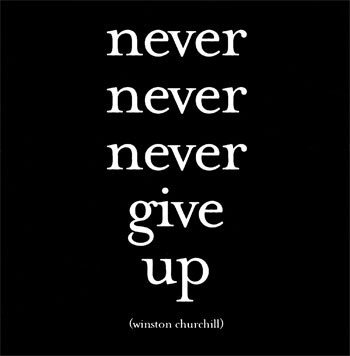
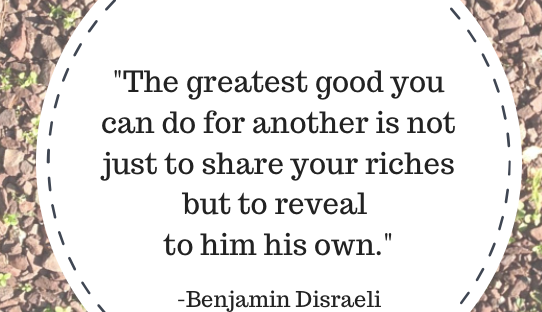

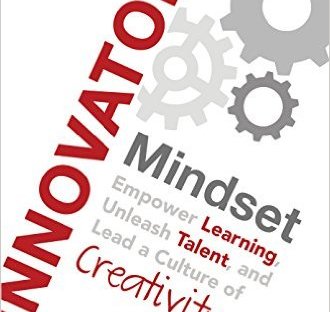
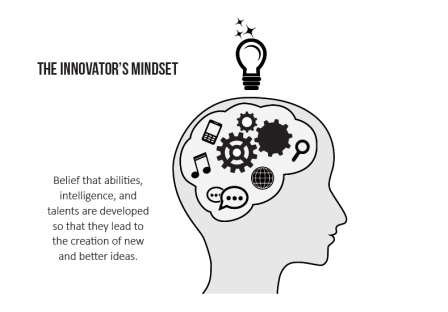 on of an innovator’s mindset. Couros builds upon Carol Dweck’s growth mindset (the belief that abilities, intelligence, and talent can be developed) and asserts that the innovator’s mindset is “the belief that the abilities, intelligence, and talents are developed so that they lead to the creation of new and better ideas.” School leaders must endeavor to foster a school culture that serves as a springboard for innovative thinking and invigorates the minds of all stakeholders to create ideas, connect to the ideas of others, and improve on the ideas of others.
on of an innovator’s mindset. Couros builds upon Carol Dweck’s growth mindset (the belief that abilities, intelligence, and talent can be developed) and asserts that the innovator’s mindset is “the belief that the abilities, intelligence, and talents are developed so that they lead to the creation of new and better ideas.” School leaders must endeavor to foster a school culture that serves as a springboard for innovative thinking and invigorates the minds of all stakeholders to create ideas, connect to the ideas of others, and improve on the ideas of others.